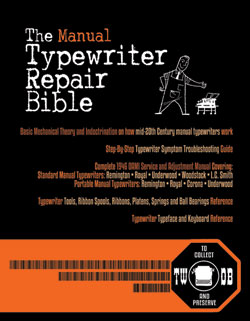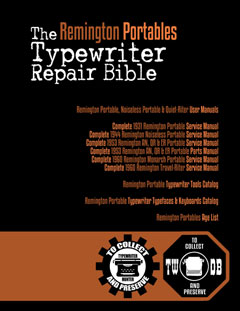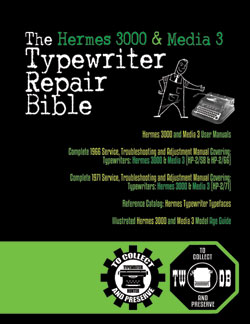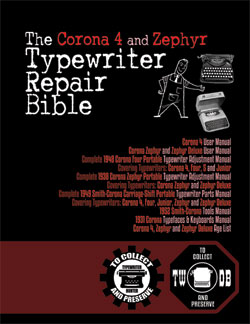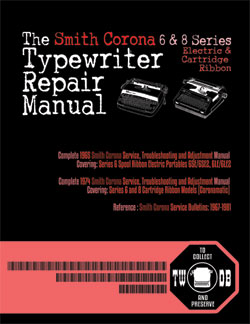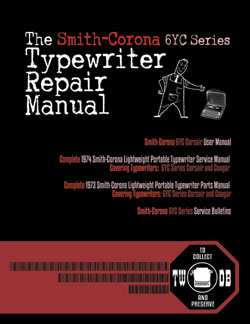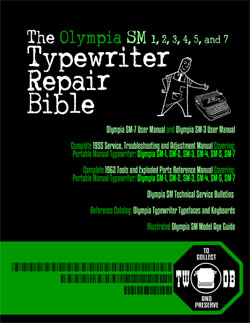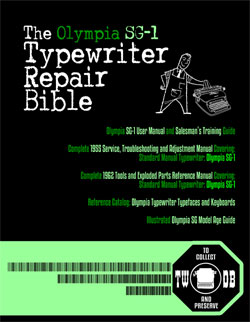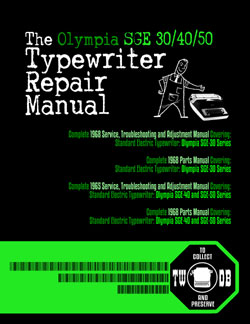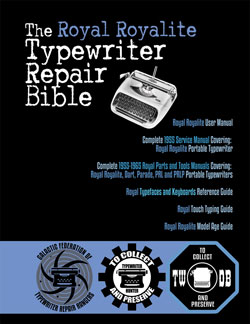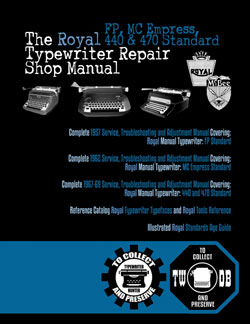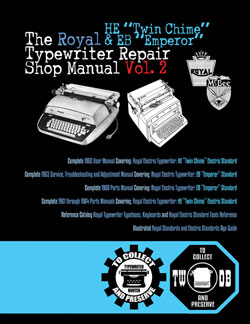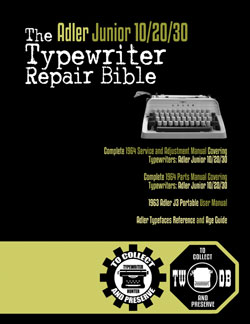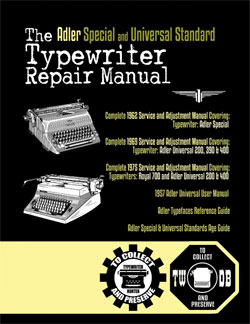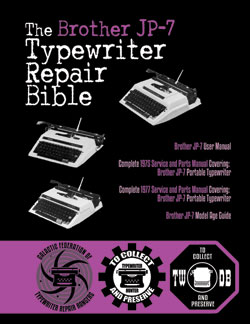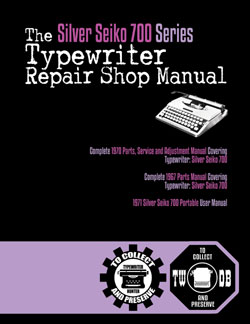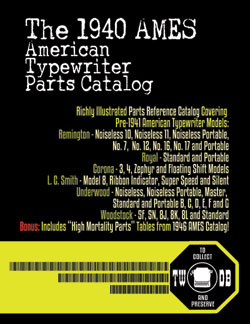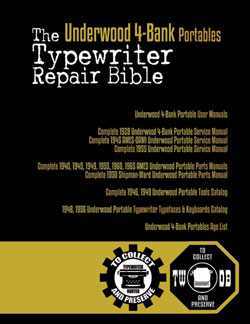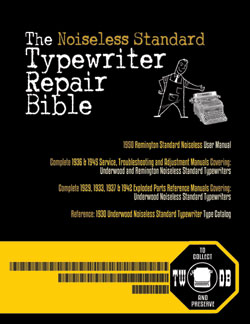1939 Mercedes 8 #89
Status: My Collection
Hunter: Mark Schrad (MLSchrad)
Created: 04-13-2025 at 04:45PM
Last Edit: 04-24-2025 at 03:50AM

Description:
This may be the weirdest, most unique, one-of-a-kind typewriter in existence⌠since it is the only (dyslexic?) backwards-typing machine I have ever even *heard of*, much less seen or owned.
Where to begin: *What* is itâŚ? It is a rare Mercedes 8 Silent, made in Germany in 1939. This is top-of-the-line German engineering, where the central type-element of the machine not only slides out for (not so easy) âeasyâ servicing, but they built it with so-called ânoiselessâ counterweights to decrease the usual typewriter clatter. Since it was 1939 in Germany đŹ, only around 400 were ever made, and far fewer of them have survived today, making the Mercedes 8 a highly sought-after and valuable machine.
This one has a two-digit serial numberâNo. 89ârarer still!
Since most surviving Mercedes 8s have been found in Europe, one European typewriter expert asked me how the hell it got to the United States in the first place!
Wellâit came into my possession in October of 2024, when I was helping to clean out the longtime apartment of Peter and Tikva Tytell on the Upper West Side of Manhattan. If youâre not familiar with the Tytell dynasty: the Tytell Typewriter Exchange was the leading typewriter shop in New York. Go read this Atlantic article, https://www.theatlantic.com/.../11/typewriter-man/376988/ or Martinâs extensive obituary in the New York Times. Or the obituary of his son, Peter, who died in 2020âa noted typewriter man and forensics-document expert, whose apartment I was at. https://www.nytimes.com/.../18/us/peter-v-tytell-dead.html
One would think that a Manhattan apartment wouldnât hold many typewriters, but a colleague and I each pulled out dozens of antique machinesâstandards and portables of all makes and modelsâand a variety of different foreign languages, which was the Tytellsâ calling card: famously, they could swap-out the slugs for pretty much any language within days if not hours.
This Mercedes was perched on a high shelf near the ceiling in an unlit hallway closet. It had a vinyl âTytellâ cover on it that had melted onto the typewriter in places. It was on a stack of newspapers dating from April 1974, suggesting that this machine had been sitting there undisturbed for fifty years.
Peter was a forensics expert (who famously demonstrated that the salacious reports of a young George W. Bushâs misbehavior as part of the Texas Air National Guard were forgeries), so likely had many typewriters of all makes and models to catalogue and compare their various typefaces and other peculiarities. So it was an honor for me just to have such a rare machineâfrom such an accomplished typewriter manâin my charge.
Between October 2024 and March 2025, it largely sat in my basement, waiting to be cleaned and serviced, since it had decades of corrosion, and melted vinyl goop all over it. Even then, I started to notice some peculiarities, especially the carriage-return arm, which was different from any other Mercedes 8 Iâd ever seen pictured.
Finally in April, I was able to give it my attention: disassembling, cleaning, going over every typebar and component; torn as to whether I should sell such a rare machine or make it the centerpiece of my office collection.
At some pointâwith the central element removedâthe carriage stopped moving. The drawband came unattached; frustrating, but happens all the time. So Iâm used to threading drawbandsâold and newâeven in brands that Iâve never encountered before. Problem was: there was no post on the right side of the carriage for the drawband to attach to. (Ok, so I made a replacement.) And the end of the drawband seems to have gotten stuck in some kind of pulley wheel. (Weird.) And the drawband wrapped around the mainspring was like twice as long as it typically should be. (Huh.) đ¤
Suddenly, all the clues came together, and the realization hit me like a thunderboltâto the point where I yelled out in the basement: âyouâve got to be shitting me!!â
I had seen a similar arrangement in the Hebrew Underwood and Remington typewriters that I own and have restored: the drawband goes from left to right, doubles-back around the pulley, and attaches to the carriage on the left hand side (where the *actual* post exists), which is how the factory manufactured machines with carriages that travel from right-to-left, rather than left-to-right. The carriage-return arm also looks different because it too bends backwards: to the left rather than the right.
So not only is this a super-rare (one of maybe a few dozen to still exist) Mercedes 8, it might well be the worldâs only backwards typewriter.
Using it is an absolute trip: human minds just arenât hardwired to adjust to reading and writing backwards. And now, rather than being my daily office typer, it likely will be a fun curiosity, to trot out at parties and type-ins.
But the big question is WHY?? Why a backwards typewriter? (Especially a super-rare, super-expensive one?)
One theory of mine is thatâsince the Tytells were famous for being able to modify machines for different world languagesâperhaps this one was being modified from German to Hebrew, but stalled out for some reason, got put up on a shelf and forgotten about. But the modifications to the carriage, arm, and other mechanical pieces appear to have come from the factory that way, rather than being an after-market addition. And while the type element was removable, it is not as though Mercedes 8s were sold with multiple different âguts.â
The other alternative is that the Tytells just ordered a backwards typewriter. In the Atlantic article linked above, it tells how they could modify all manner of machines: some bohemian artist once commissioned them to make a typewriter that printed nothing but question marks on each key. And so they obliged. (Iâm still hunting for that one.) đ So maybe they just genuinely wanted a backwards-typing typewriter.
In the end, the origins of the backwards-typing Mercedes seem destined to remain a mystery. I would have loved to have asked Tikvaâwith whom I had a wonderful and touching conversation when helping to clear-out her apartment of machines like thisâbut unfortunately I was recently informed that she passed away just a couple of months ago.
StillâI feel honored to carry forward this machine and its unusual history and legacy.
Typeface Specimen:

Photos:
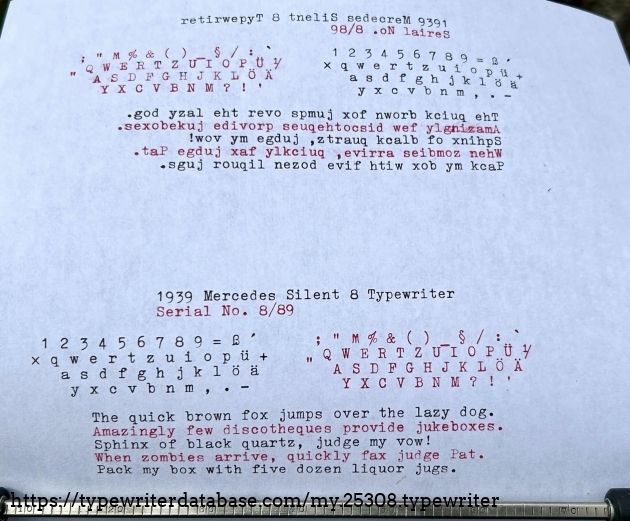

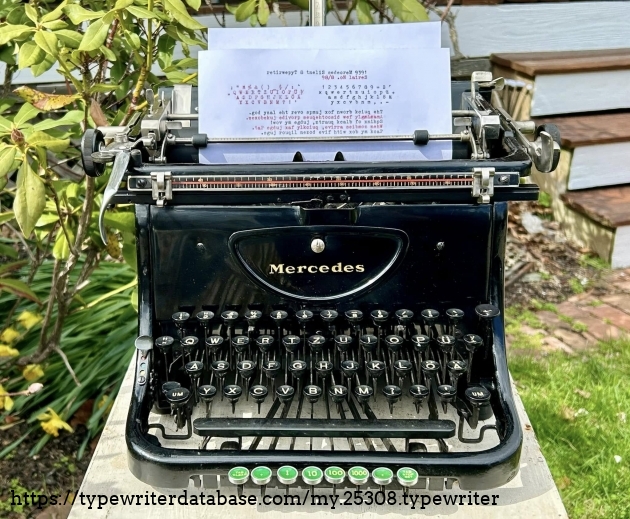
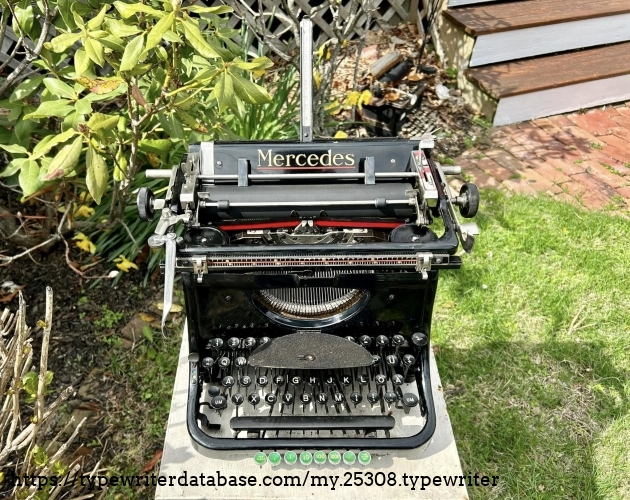
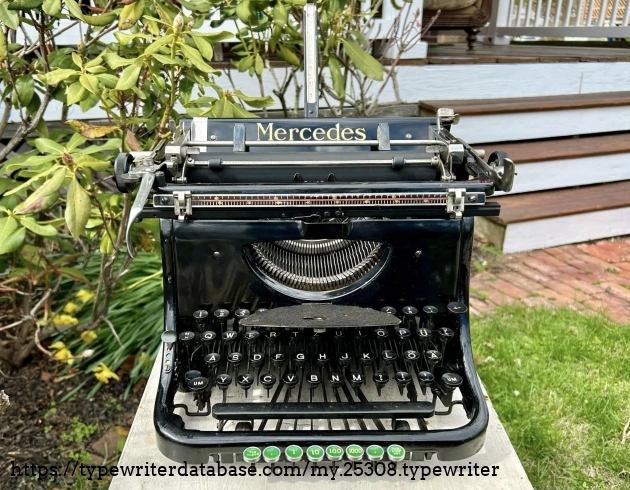
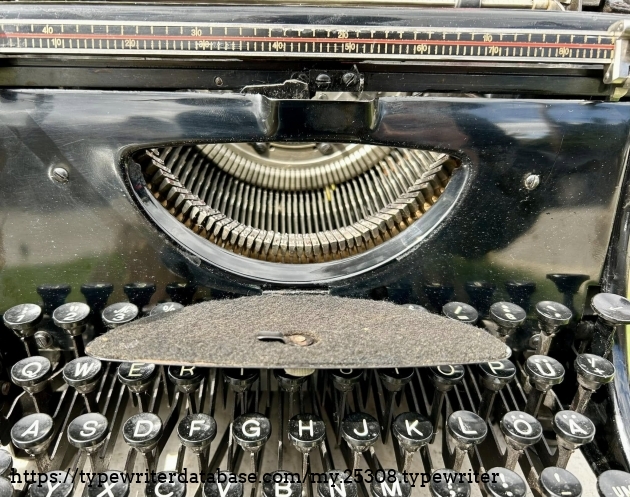
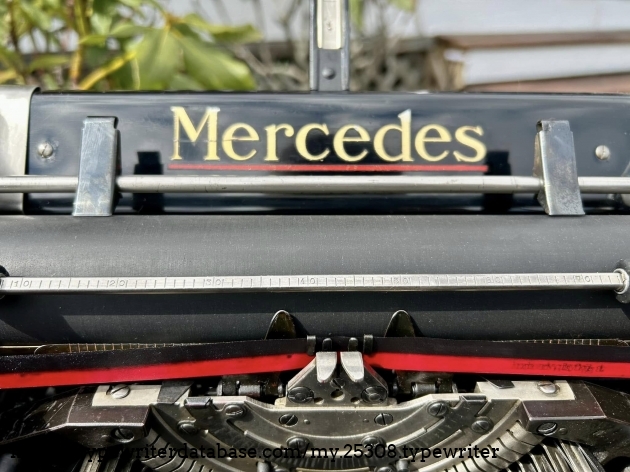
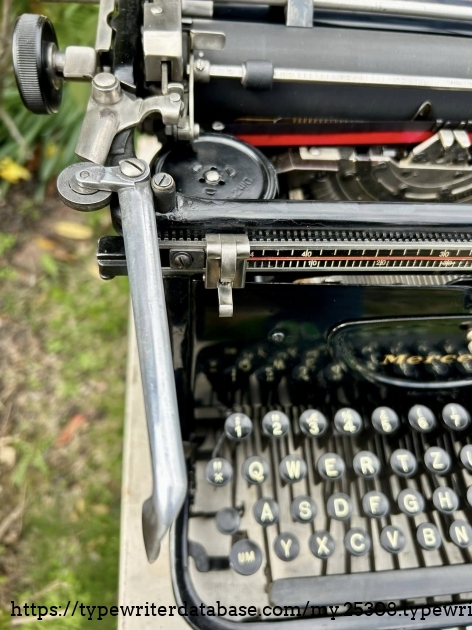
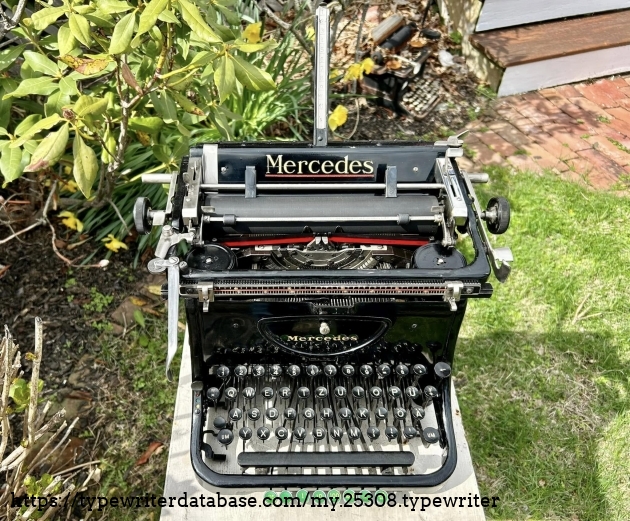

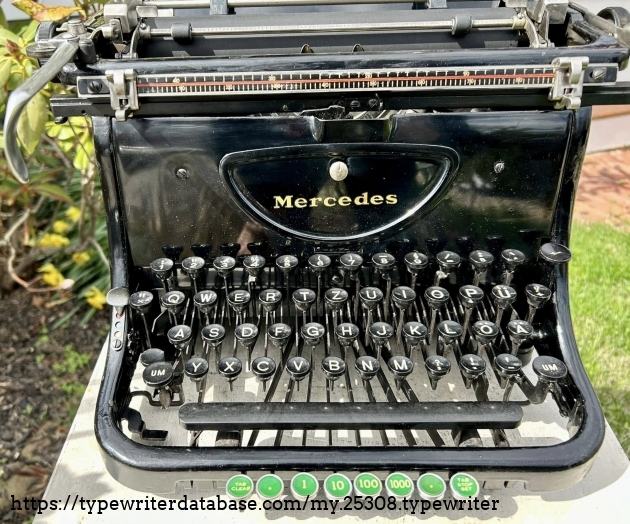
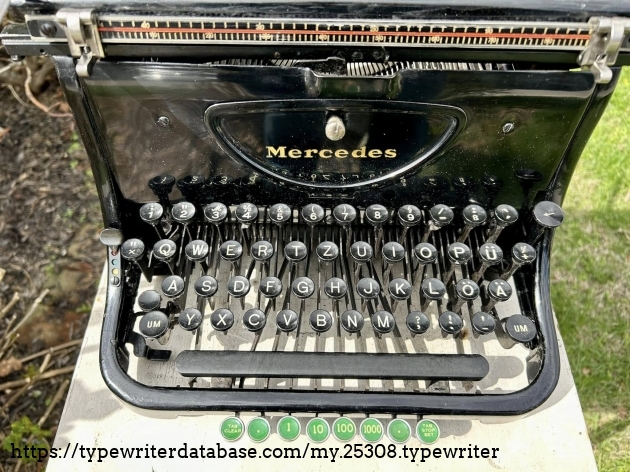
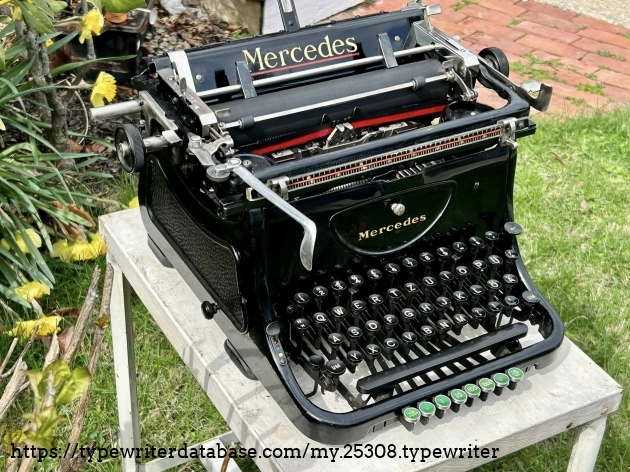
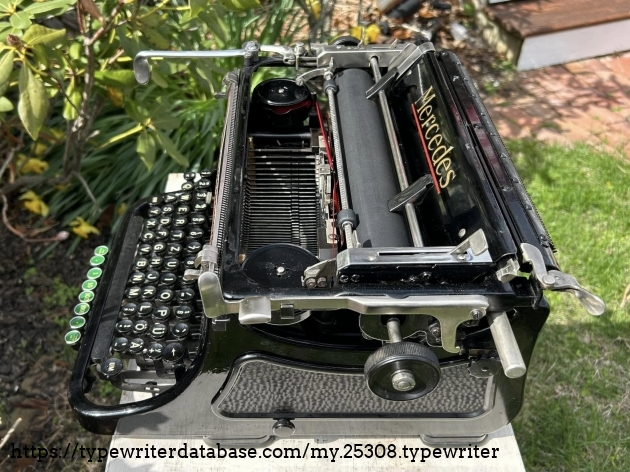
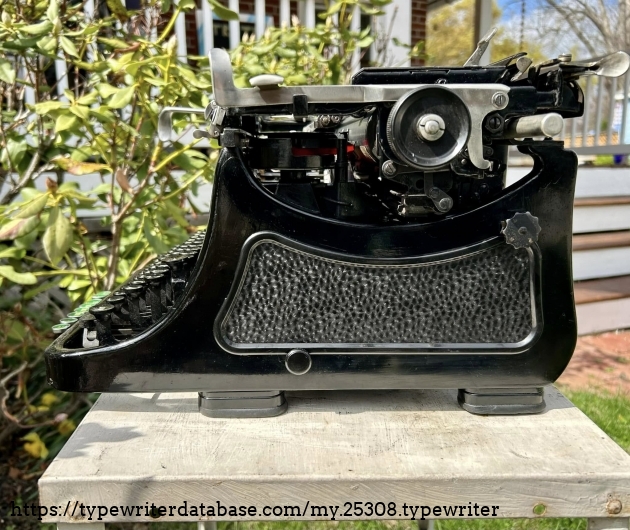
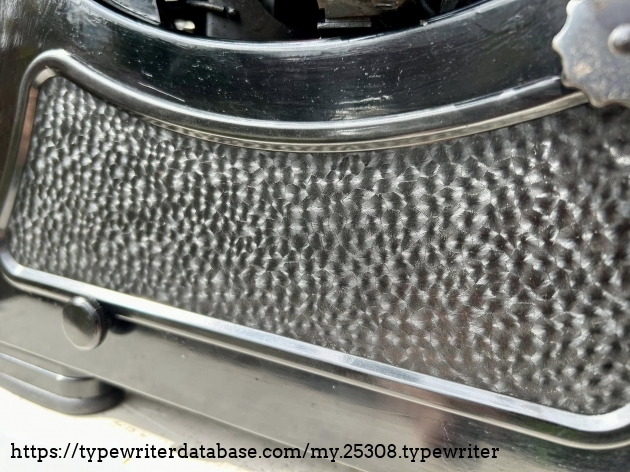
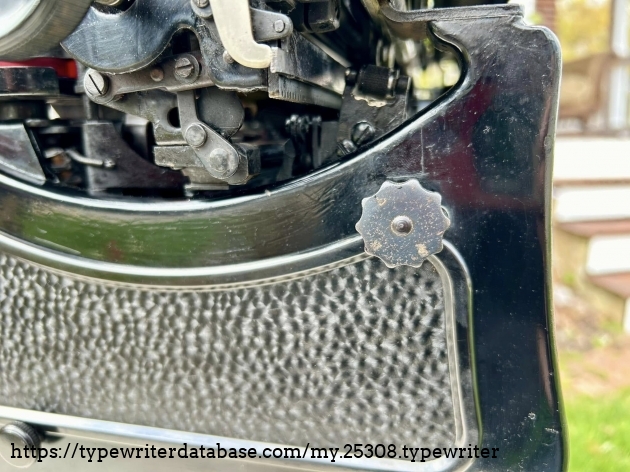
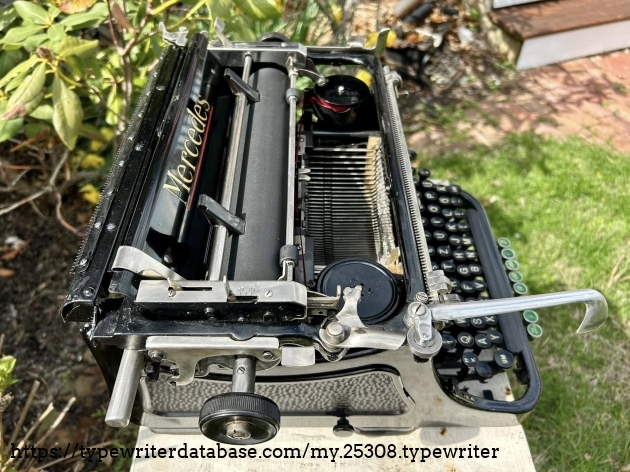
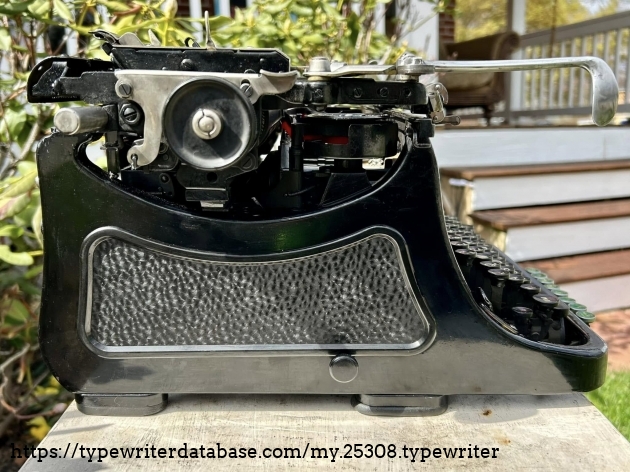
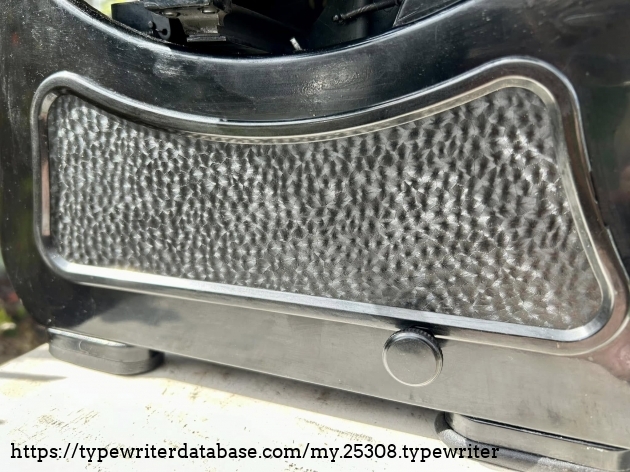

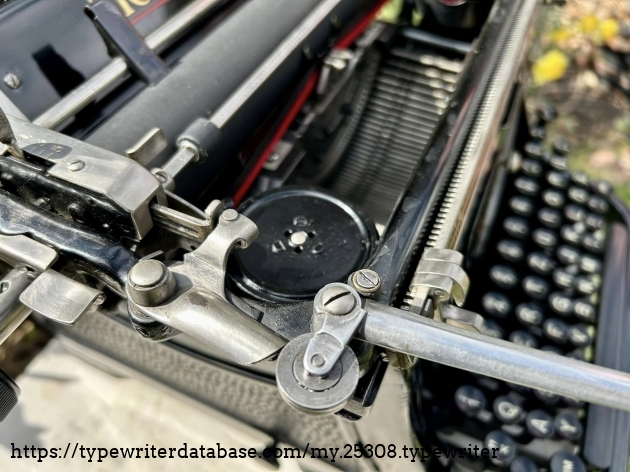
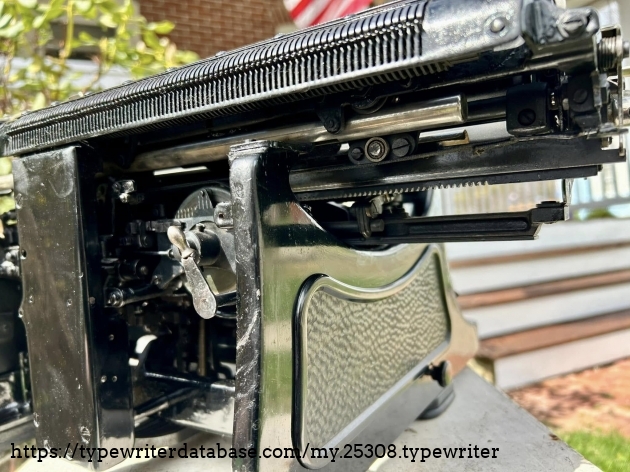
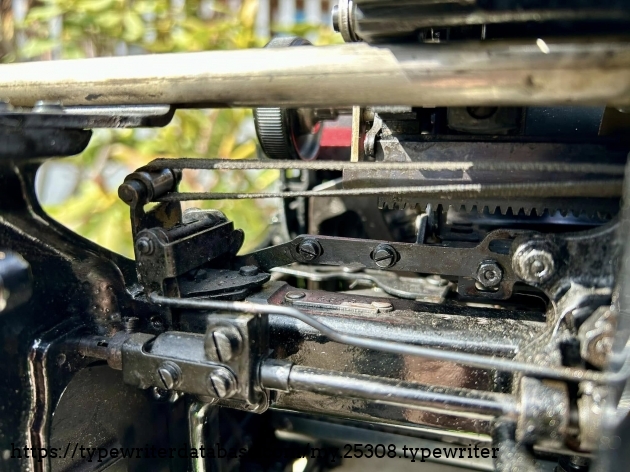

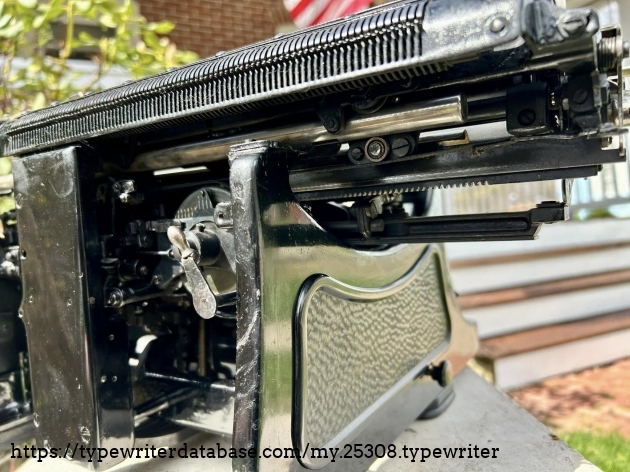
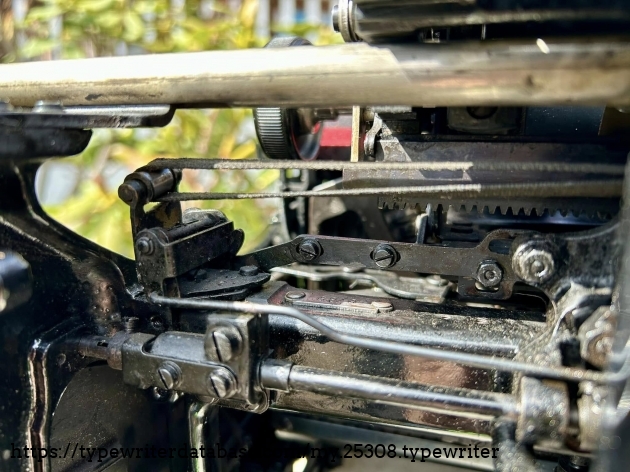
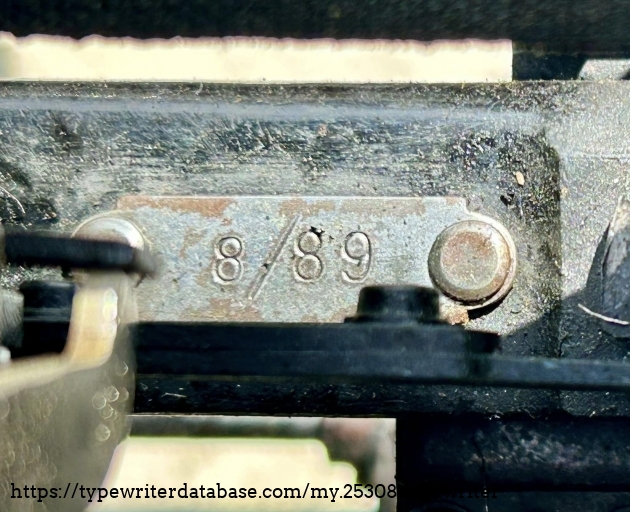
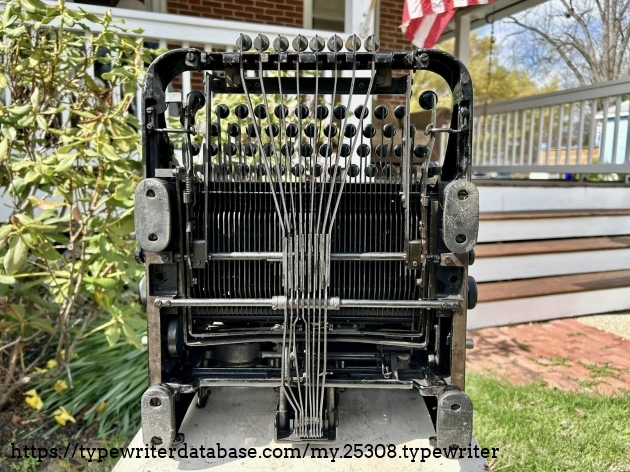
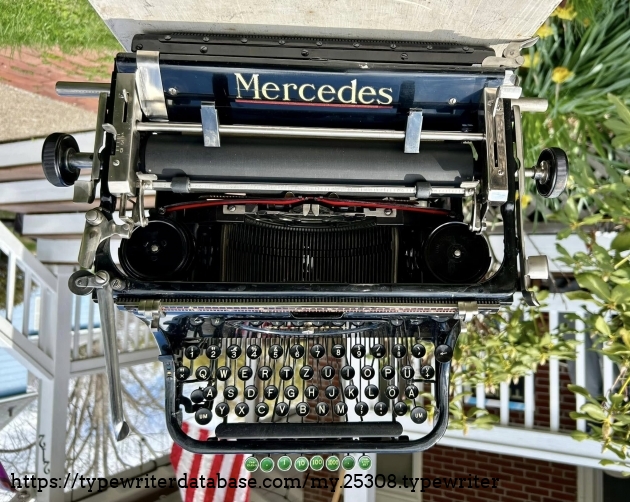
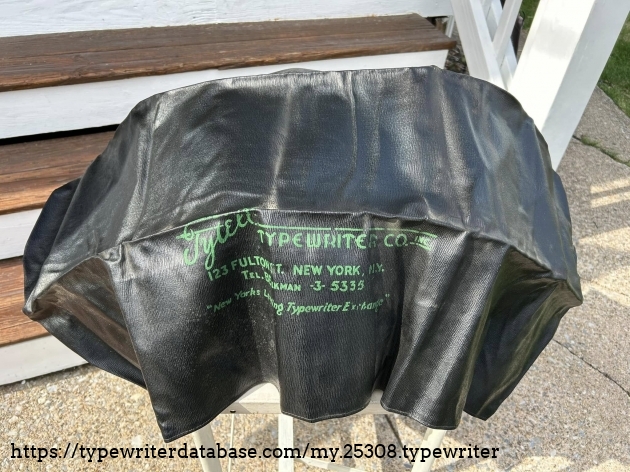
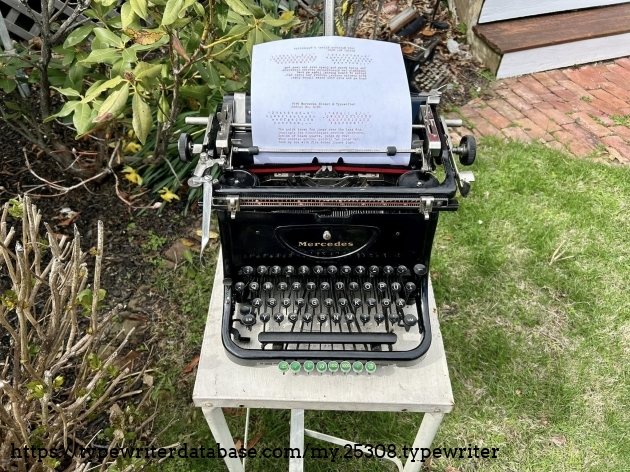
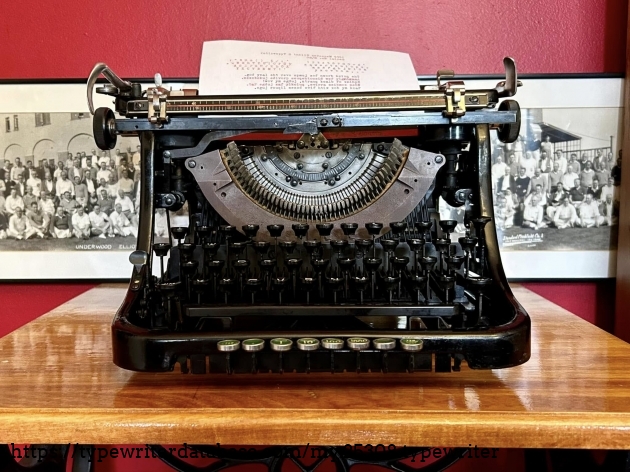
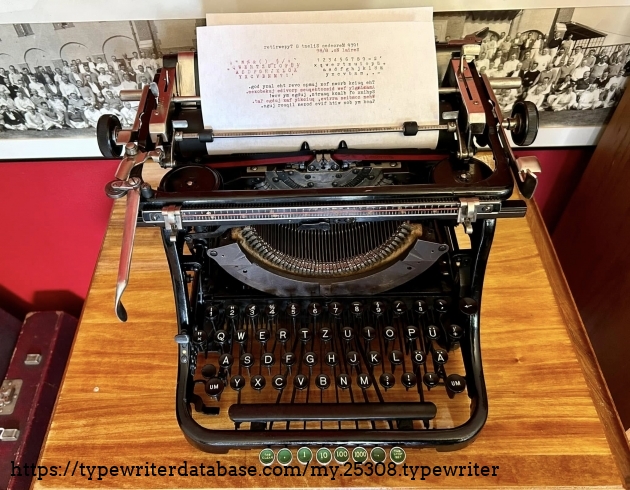

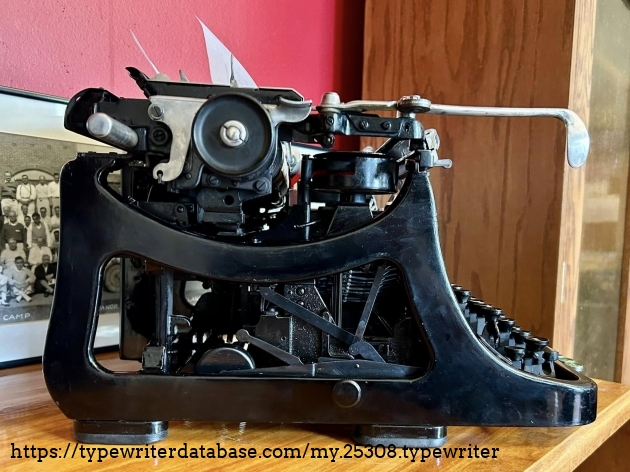
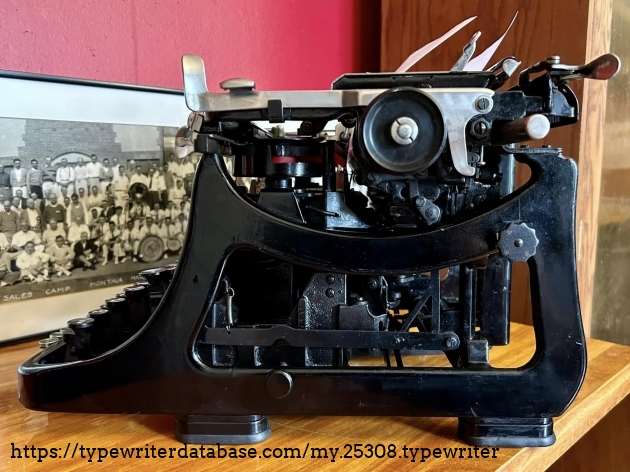
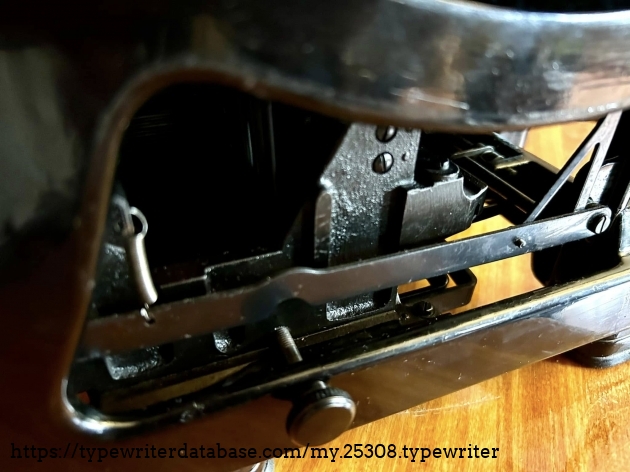
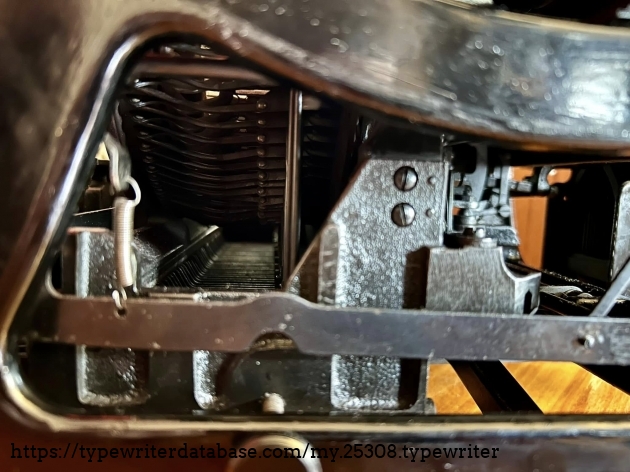
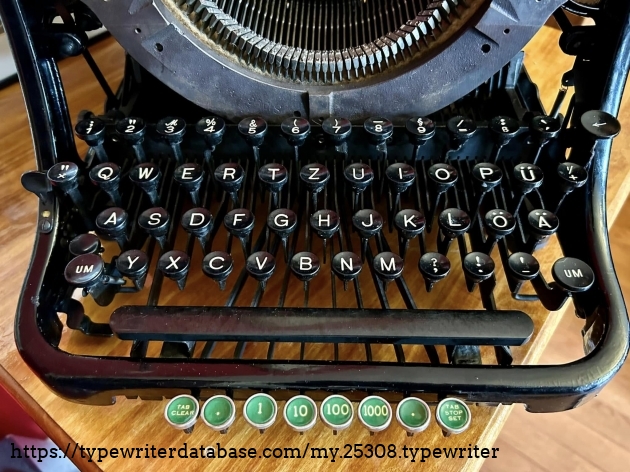
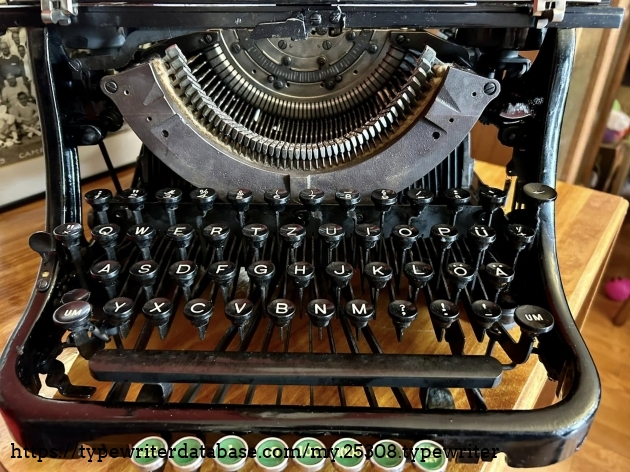
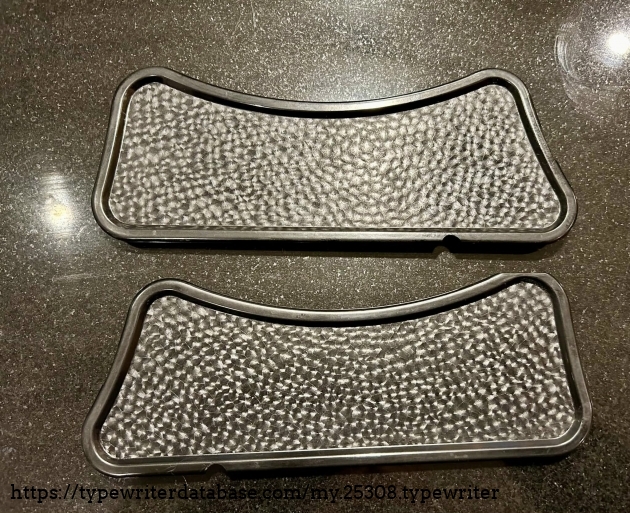
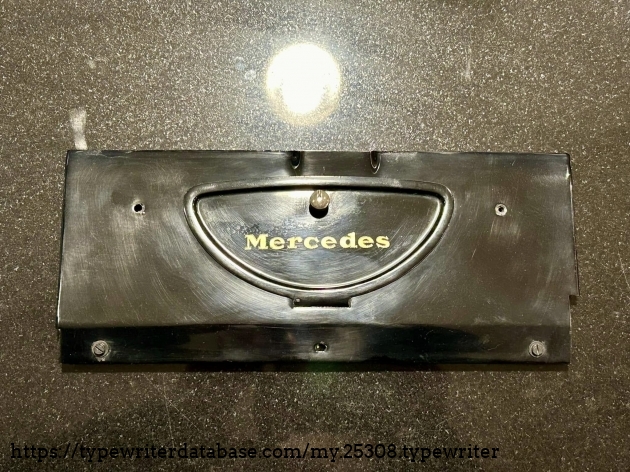
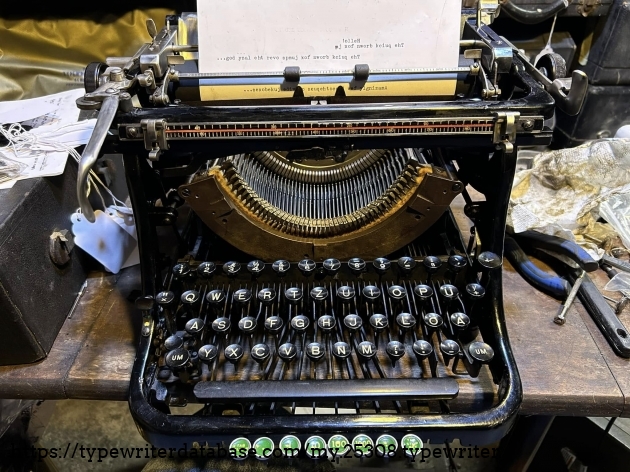
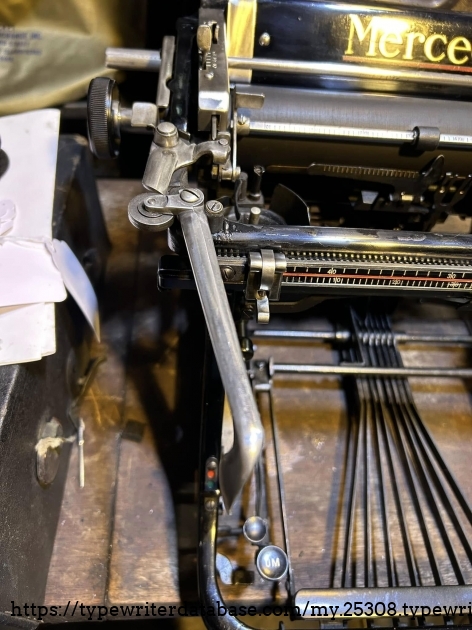
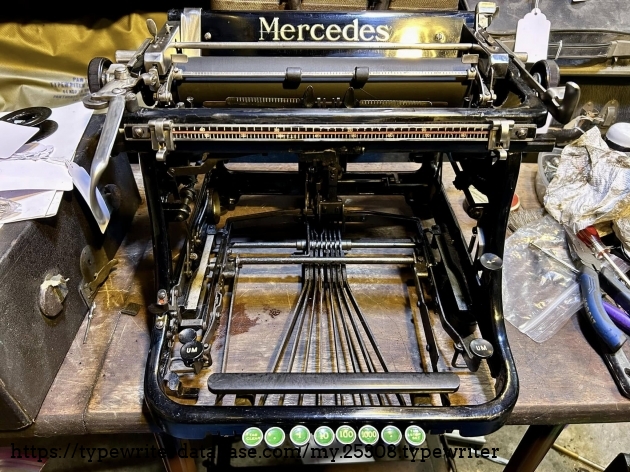
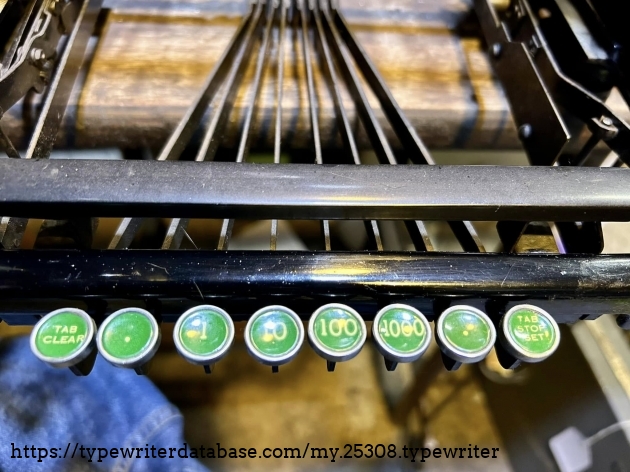

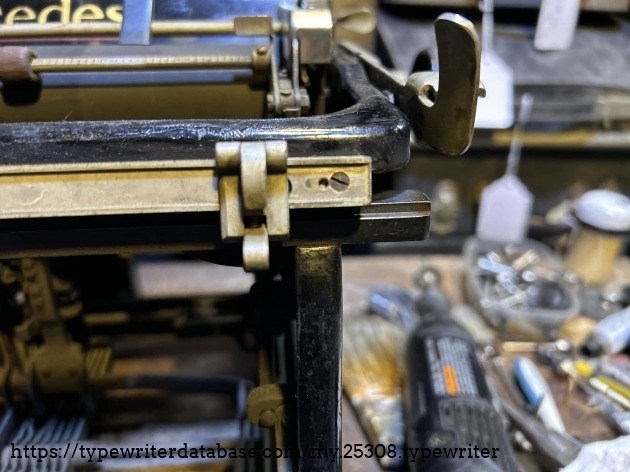
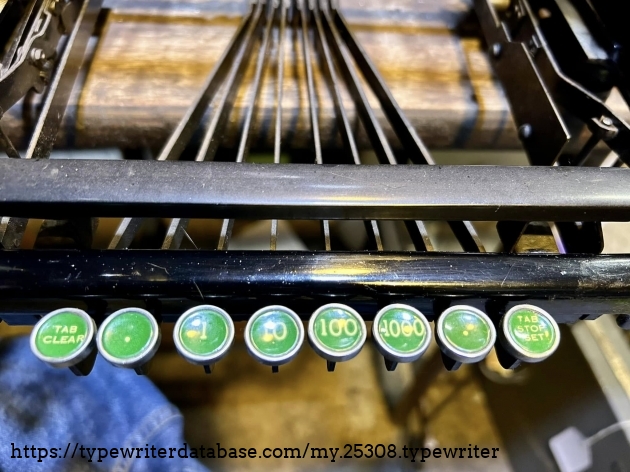
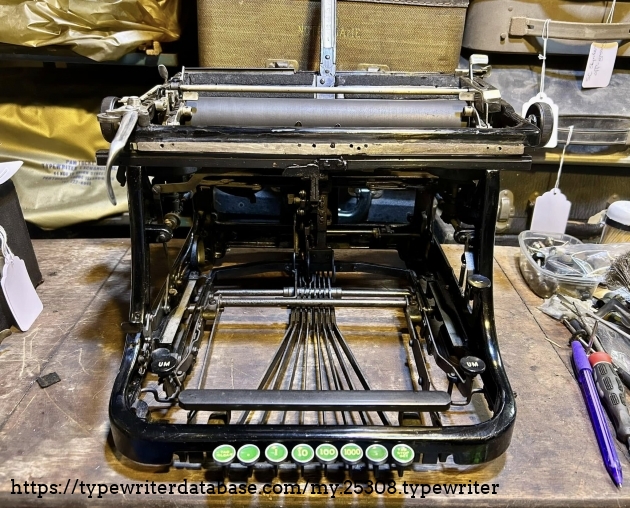
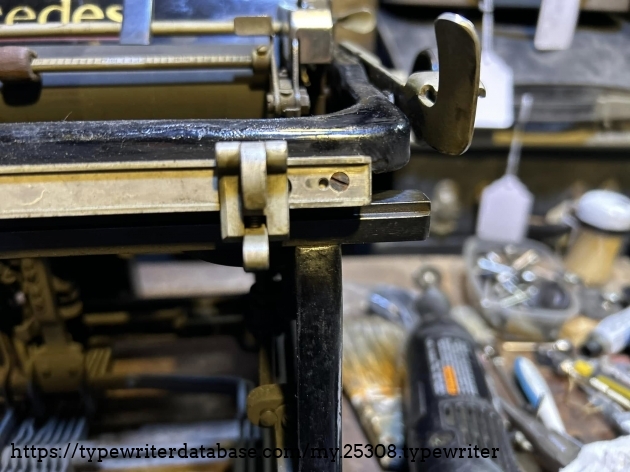
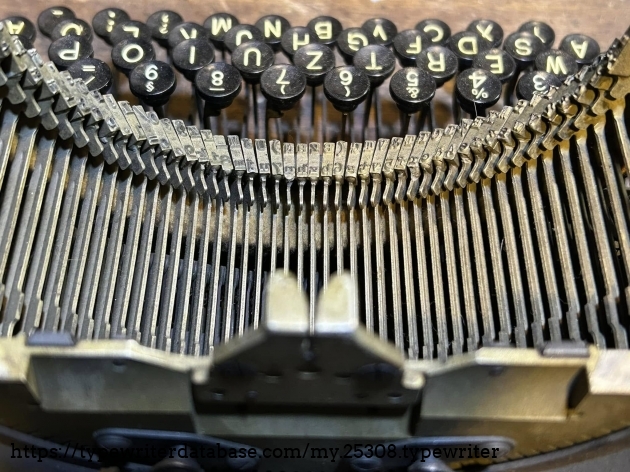
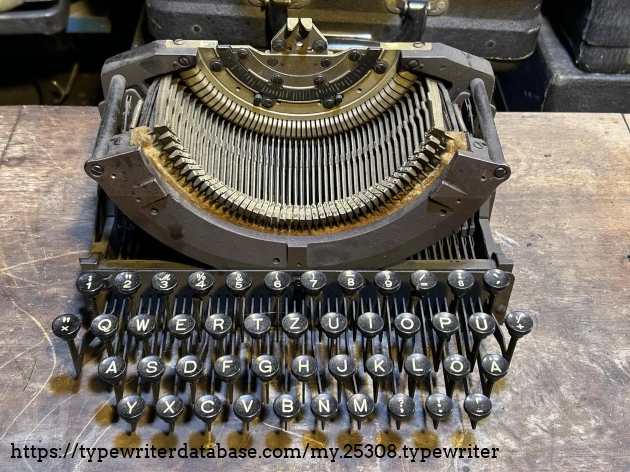
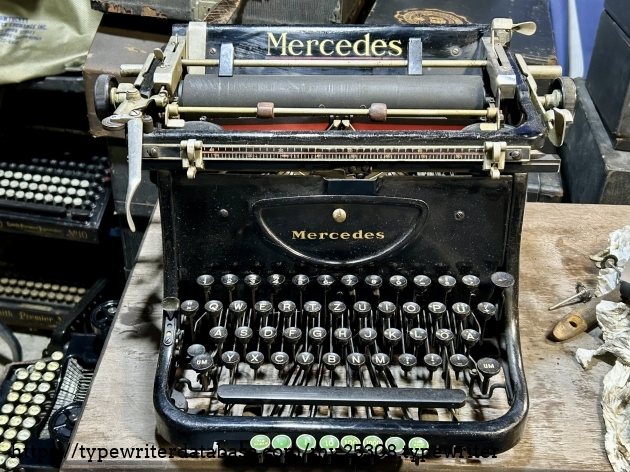
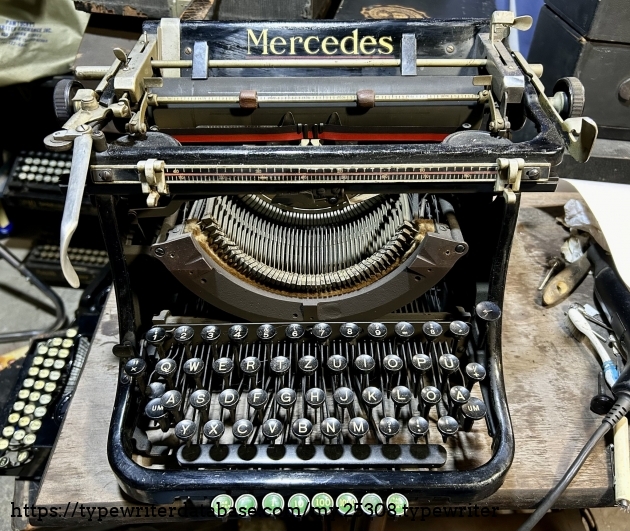

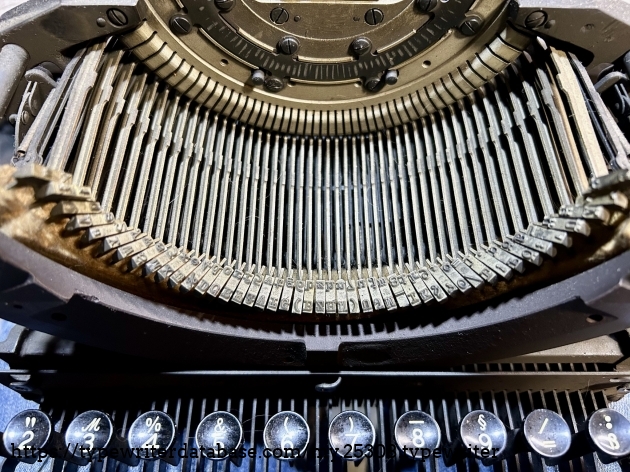

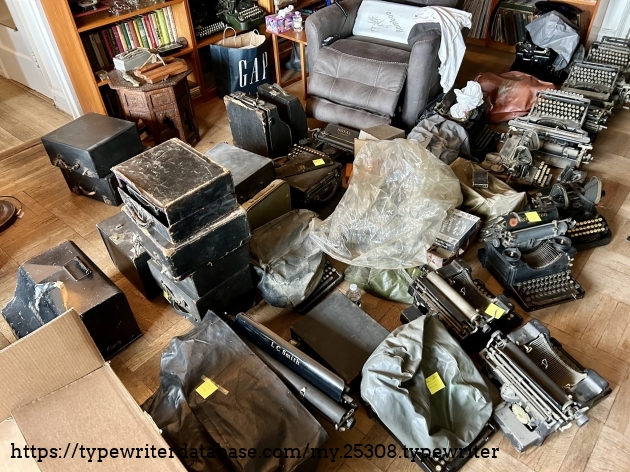
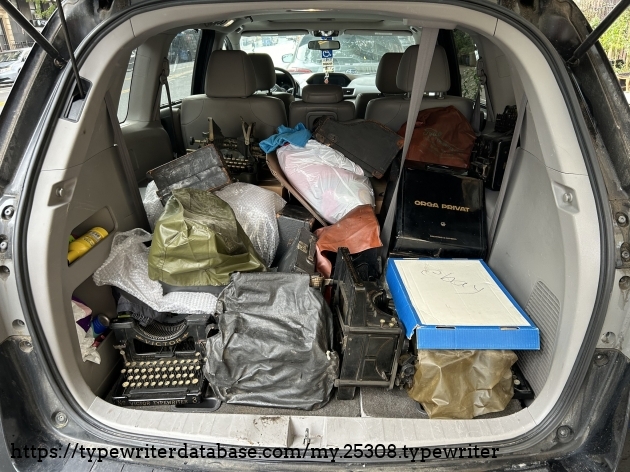
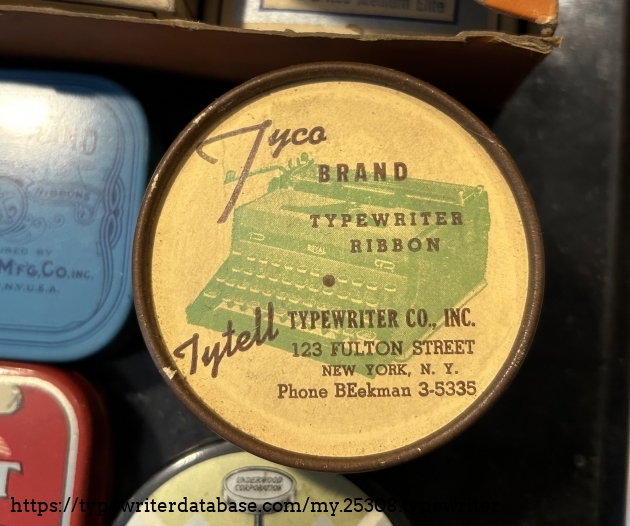
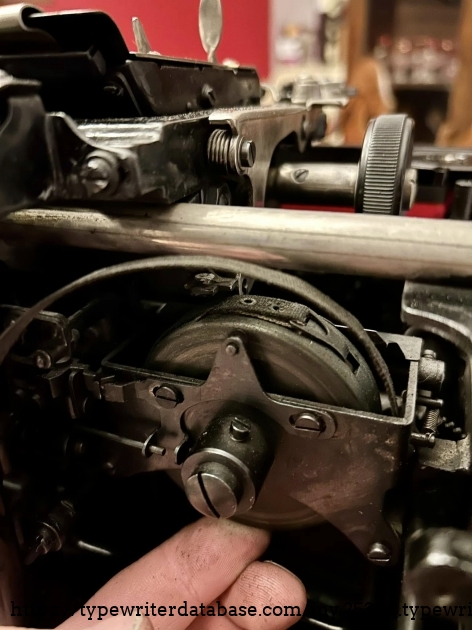
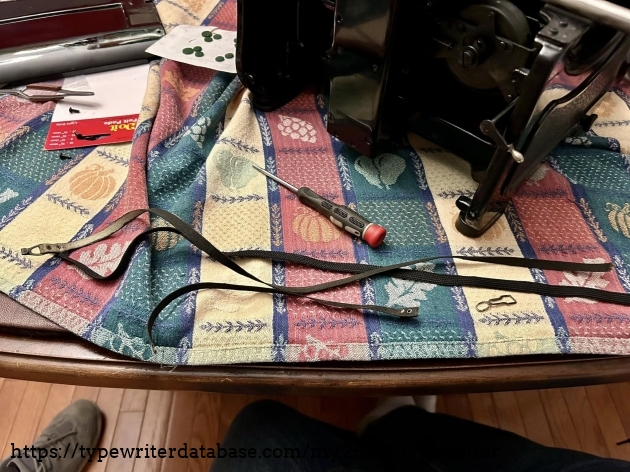
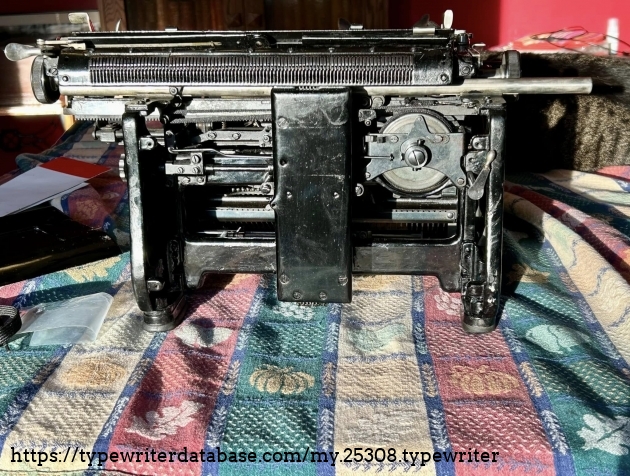

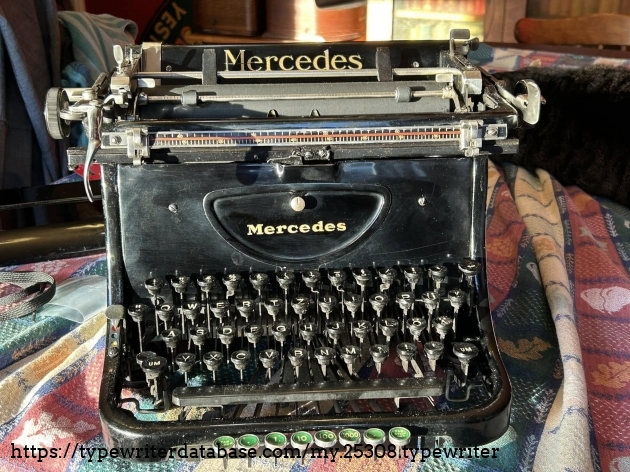
Hunter: Mark Schrad (MLSchrad)
Mark Schrad's Typewriter Galleries [ My Collection ] [ My Sightings ]
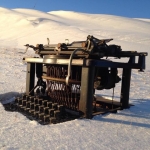
Status: Typewriter Hunter
Points: 45360
Professor of Political Science and Director of Russian Area Studies at Villanova University. Writes about alcohol politics, Russia, and international law when not refurbishing old typewriters.
RESEARCH NOTE: When researching the Mercedes 8 on a computer with lots of screen real estate, you may find that launching the Mercedes Serial Number page and the Mercedes 8 By Model/Year/Serial page in new browser windows can give you interesting perspectives on changes throughout the model series.
